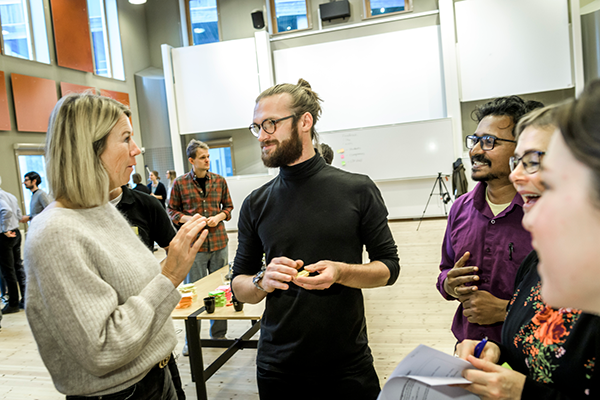Education
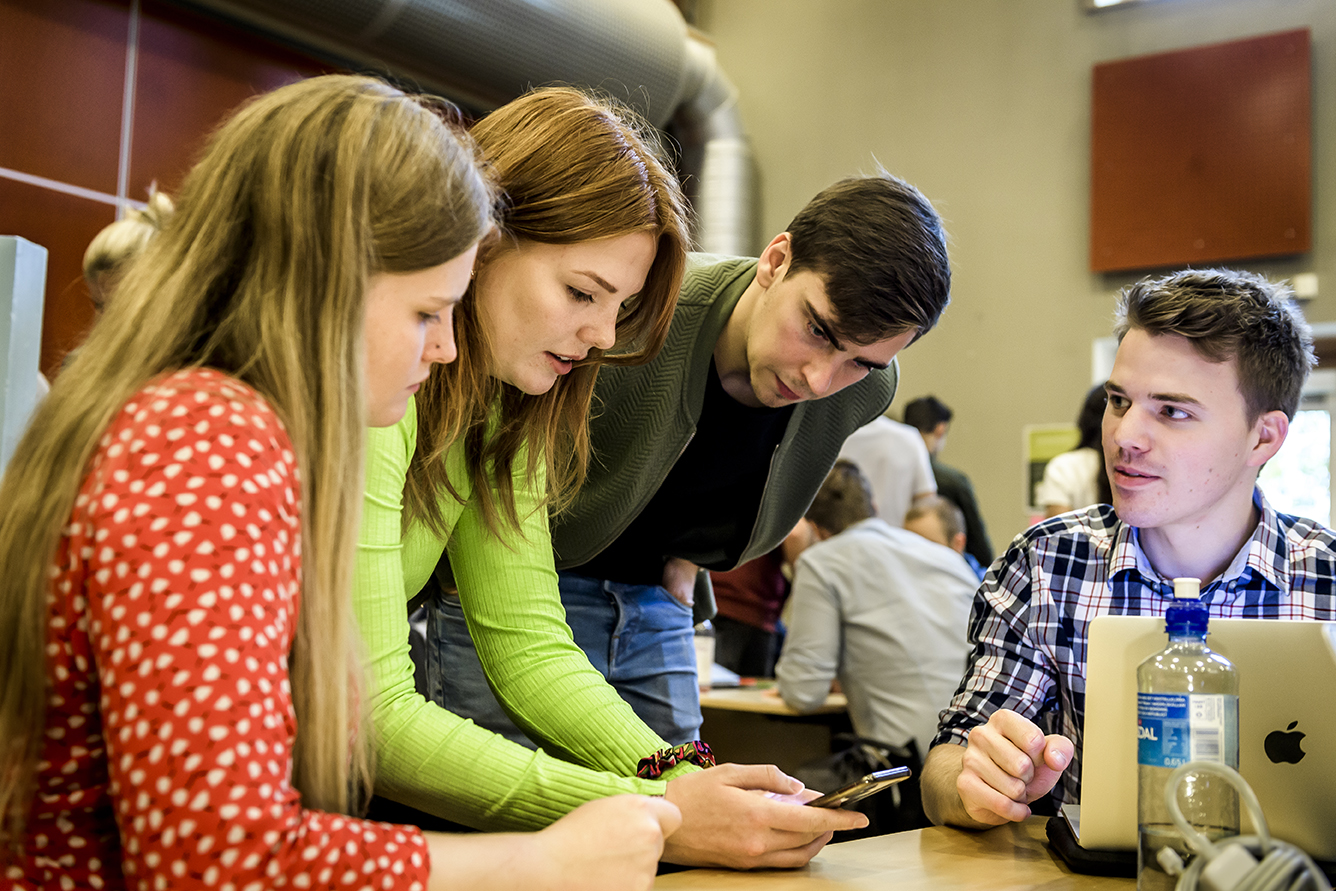
Courses in the LTH master's engineering program and the School of Industrial Design
In Ergonomics and Aerosol Technology, the course portfolio touches on various aspects of interaction between people, technology, and organization. Courses include fields such as workplace and health, organization and leadership, airborne particles and health hazards, virtual reality and interaction design, rehabilitation engineering, risk and safety management or thermal environment.
You find current courses under the various headings below. Links lead to the courses’ syllabi on the LTH course website.
What particles are found in the air and what happens when we inhale them? Increased knowledge about air pollution in the form of airborne particles is growing in importance. Greater awareness of what healthy air is – both indoors and outdoors – is important in our daily lives, but also when we address societal challenges such as sustainable cities, clean energy production and reduced impact on the climate.
Work makes up a big part of our lives. Regardless of where our workplace is, we are affected by the surrounding physical, social and organizational environment as well as by the technical systems that are part of it.
- Ergonomics – MAMF30 – 6 credits
- Work Organization and Management – MAMF15 – 6 credits
- Management, Work Organisation and Project Management – MAMN30 – 7.5 credits
- People, Technology, Organization and Risk Management – MAMN45 – 7.5 credits
- Working Environment, Occupational Health and Safety – MAMF21 – 7.5 credits
- Working Environment, Project – MAMN40 – 7.5 credits
- Project Year 3 – MAMF40 – 7.5 credits
- Human in Extreme Environments – MAMF35 – 7.5 credits
The courses address the ability to empathise with different people's life situations – to be able to design solutions that suit a diverse population and are easy to use. The different courses are connected in different ways to the UN Global Goal #10 on reducing inequality, and stress the importance of working towards a society where no one is left behind.
- Advanced Interaction Design – MAMN01 – 7,5 hp
- Design of Systems for Digital Transformation – EITA65 – 15 hp
- Ergonomics – MAMF30 – 6 hp
- Project Year 3 – MAMF40 – 7,5 hp
- Rehabilitation Engineering – TNSF05 – 7,5 hp
- Service Robotics – TNSN01 – 7,5 hp
- Universal Design, Theory and Project – TNSF10 – 7,5 hp
- Universal Design, Theory – TNSA01 – 2 hp
- Universal Design, Project – TNSF02 – 5 hp
The courses provide an understanding of interaction design and include user centred design processes as well as actual design of digital technology. With technologies such as Virtual Reality and Augmented Reality, we can simulate environments and social situations with a high degree of realism – skills which are increasingly important. The courses provide an understanding of how we use new technology – how people and technology interact.
- Interaction Design, Basic Course – MAMA15 – 7.5 credits
- Interaction Design – MAMN25 – 7.5 credits
- Advanced Interaction Design – MAMN01 – 7.5 credits
- Usability Evaluation – MAMF50 – 7.5 credits
- Virtual Reality in Theory and Practice – MAMF45 – 7.5 credits
- Interaction 1: Neuro Modelling, Cognitive Robotics and Agents – MAMN10 – 7.5 credits
- Interaction 2: Virtuality and Cognitive Modelling – MAMN15 – 7.5 credits
- Working Environment, Project – MAMN40 – 7.5 credits
These courses provide knowledge about risk and safety management in work environments and in safety-critical systems. The interplay between people, technology, and organization (Human factors) is a central starting point in the field.
How does the climate, different temperatures and the surrounding environments affect human health, performance, comfort and well being? What significance does our behaviour, choice of clothing and protective equipment have on our health? Knowledge in the field of thermal environment is becoming increasingly important in a world of climate change.
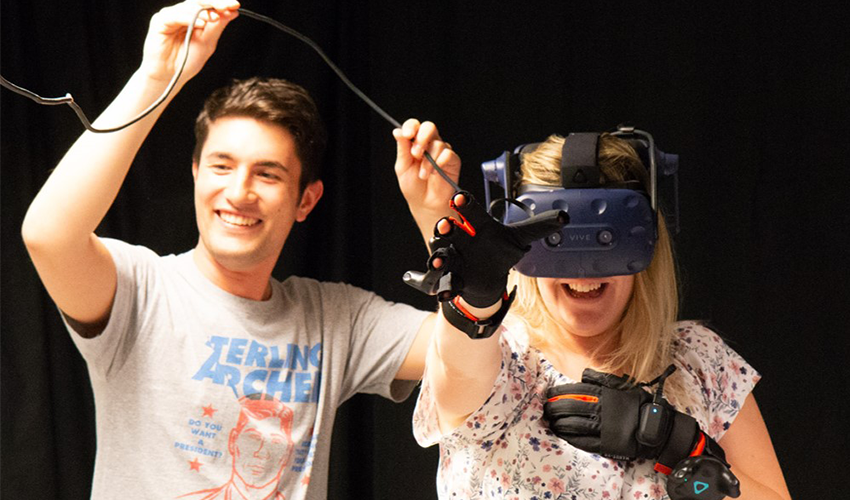
Master's programme
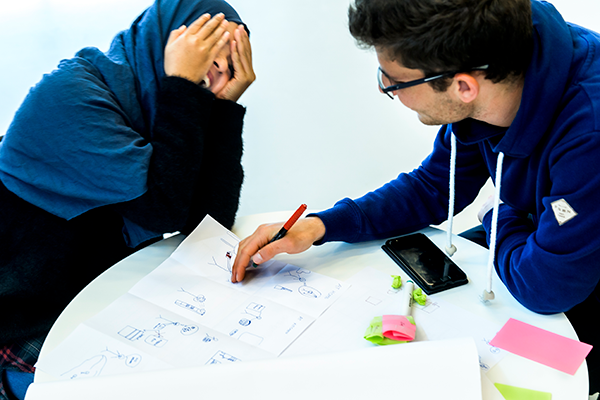
Master's degree project at Design Sciences
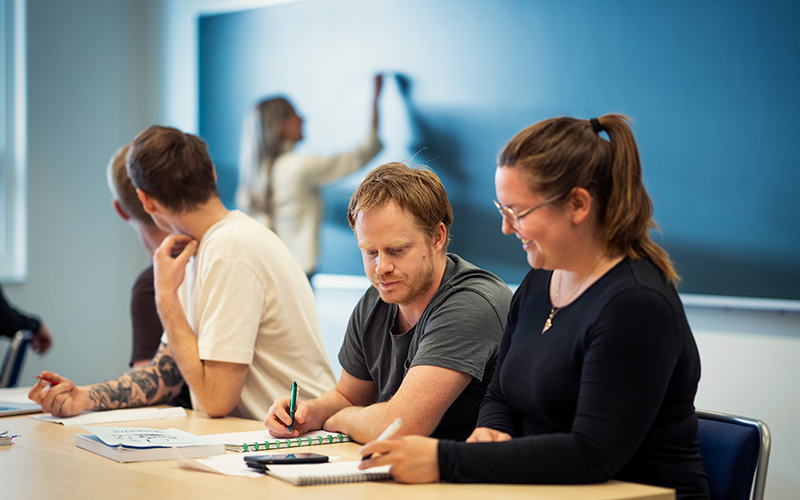
Freestanding courses
Open to all who meet the essential requirements.
